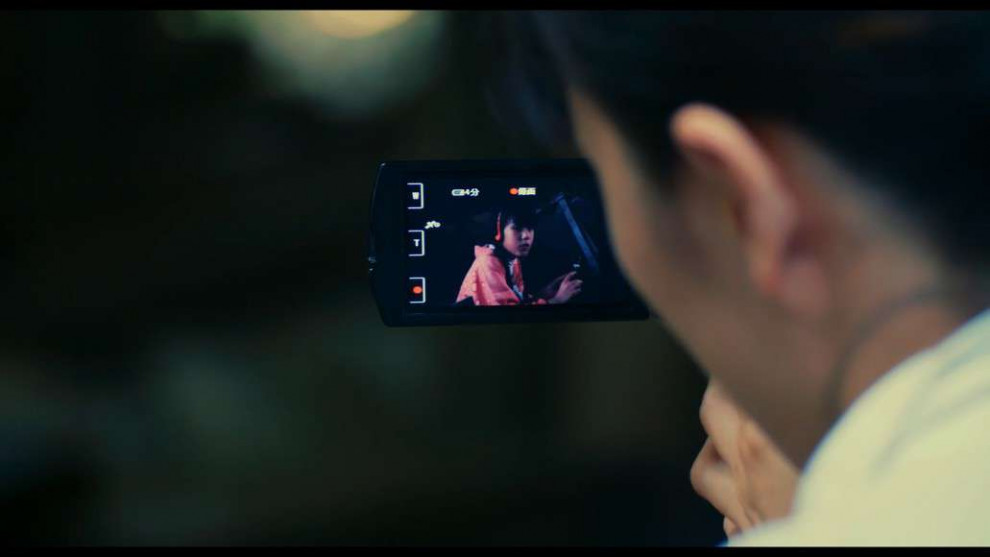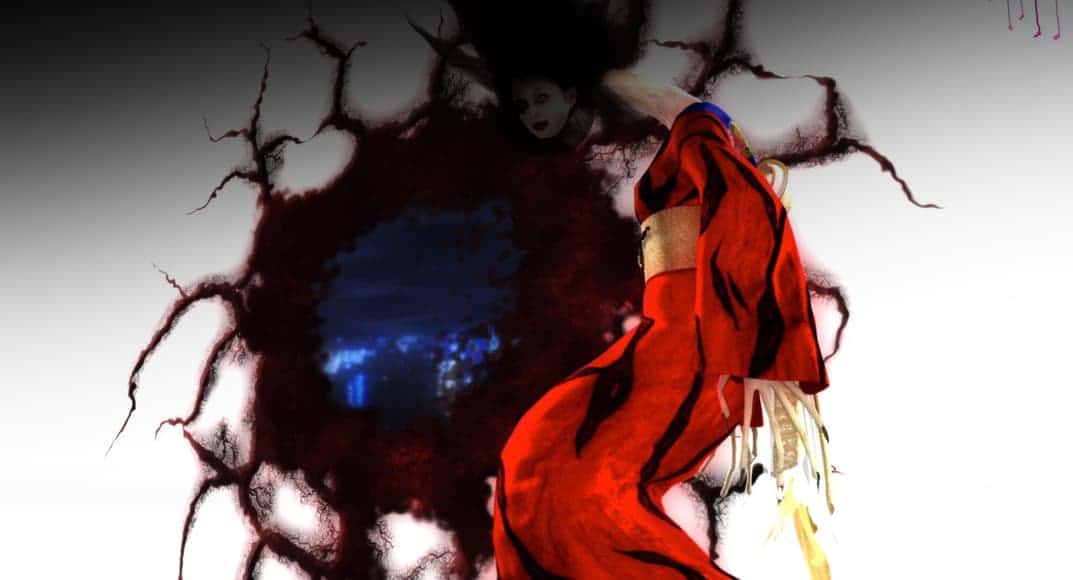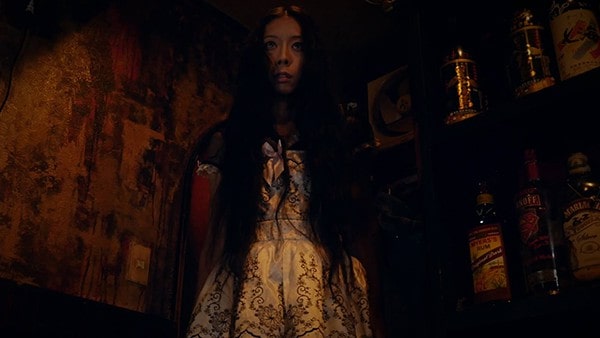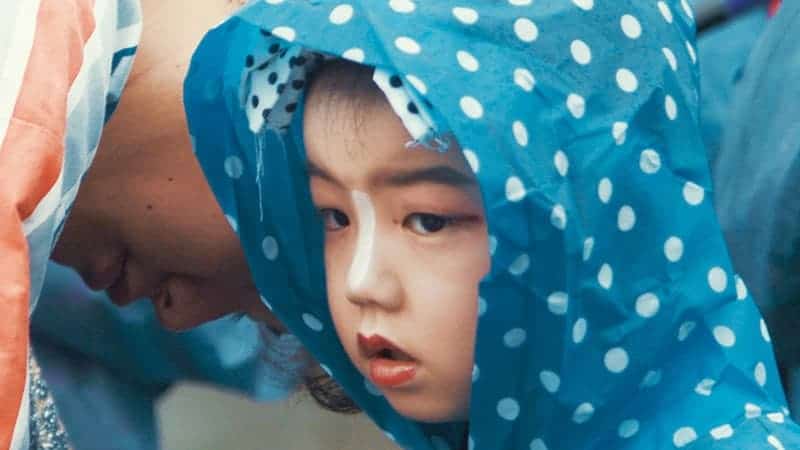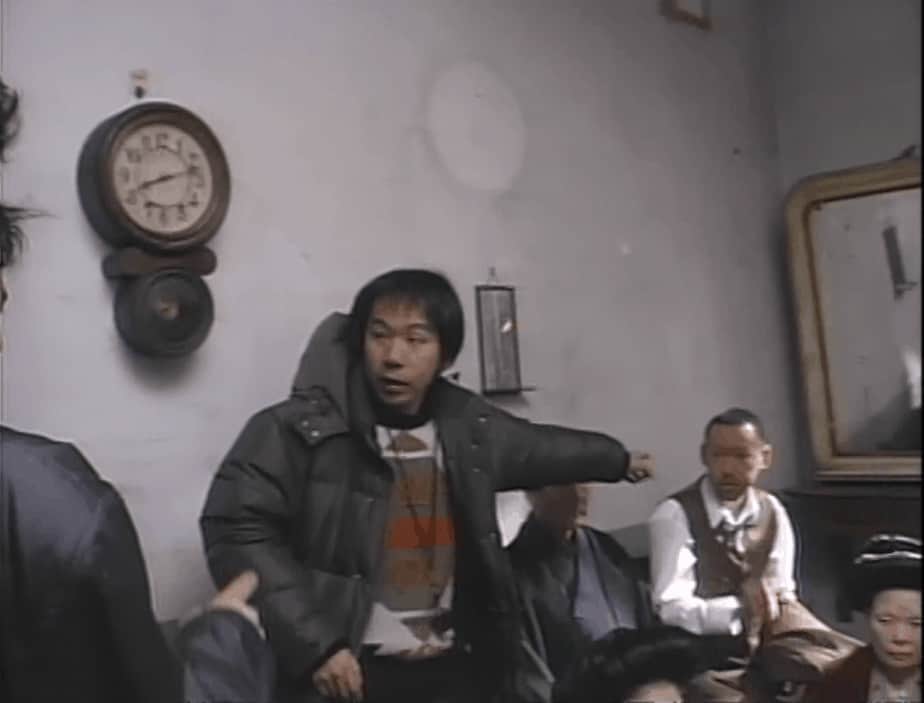“… and there are moments I feel beauty in those around me.”
Nature and its preservation have always been one of the most important themes in many parts of Japanese culture. Considering its highly developed urban areas, there seems to be a constant trend to create some kind of balance with the environment, or at least the awareness to take care of it. Besides Japanese literature creating a link between spirituality and nature, lately, for example, in the films of Hayao Miyazaki, the environment's ultimate fate is put on a level with mankind's fate. Perhaps the best known work in this case is his 1997 film “Princess Mononoke” in which creating a natural equilibrium with the world is essential for the survival of mankind.
However, Miyazaki is not the only one portraying nature and its power that way, In a recent interview Japanese director Moët Mayami stresses how she was perhaps unintentionally inspired by the films of Miyazaki. “I didn't think that nature was one of the characters, but it was necessary for me to give life to each of the characters.” Eventually the world of her first feature “Kushina, what will you be” is one isolated from the urban areas of Japan and offers a refuge in nature exclusively for women. Of course, in this narrative framework working with nature, rather than against it, has become quite important for the community's survival.
“Kushina” is screening at Japan Cuts 2018

Besides the film highlighting the aforementioned issues, Hayami explains how the story is also dedicated to the relationship to one's mother. At the end of the interview with Jason Maher, she recounts the way her once troubled relationship with her mother improved during a time of separation. In the end, the theme of motherhood, but also this specific realization played an integral role when she began writing the script for “Kushina, what will you be”.
Protected by a thick forest and mountains, lies a small community of women, once founded by Onikuma (Miyuki Ono) after she fled the city with her daughter Kagu (Tomona Hirota). Many years later, the place has become something of a retreat for many women fleeing the city to live there and sometimes to spend their final years surrounded by nature. Over the years, the harvesting of cannabis has provided a secure source of income as well as the last link to the outside world for Onikuma and the others.
However, one day Soko Kazano (Yayoi Inamoto), an anthropologist, and one of her students, Keita (Suguru Konuma), arrive at the community. Aiming to study them, their ways of making a living and maintaining order clashes with Onikuma's goal to protect the community from outside influences. But as Soko befriends Kagu's daughter Kushina (Ikumi Satake) and with the arrival of a male among them, the community's fate is at stake.

In many ways, the community built by Onikuma and her followers shares similarities with the ancient myth surrounding the Greek poet Sappho. Except for the assumed homosexuality of Sappho and the females living on the island of Lesbos, the common ground lies within the social structure as well as the aim to be in sync with nature. However, Onikuma grudgingly maintains a lasting connection with the masculine world outside when she sells the cannabis in exchange for food and other goods her community depends on. During one of those extended visits, one can observe the change in the woman used to her position of authority, when she almost shrinks as she is dependent on the goods the other person has to offer.
Interestingly, her view of the community is continuously juxtaposed to Soko, the “intruder” within her community. Although both characters insist on the protection of it, their way of establishing this security is through preservation and strictness, while the anthropologist aims to understand and to study. Nevertheless, the community itself remains a crystalline entity, like a rare insect entrapped in amber. In any case, the shell of this way of living and viewing shows its first cracks, because, as paradoxical as it may sound, preservation has become the chokehold for the younger generation.

Consequently, concepts of beauty and entrapment often coincide from the very beginning of the film. Ryo Muramatsu's camera in combination with the sometimes trance-like music present scenes of magnificent beauty, which at times look more like paintings. But then again, there is always the hint of something not quite right, something hidden underneath. The characters of Kagu and Kushina are the best examples as both seem to be at odds with the rules of their environment and aware of the restrictions the community represents.
More precisely, having spent most of her life within the community, Kagu has reached an age at which independence and self-fulfillment are bound to clash with contrasting concepts of these issues, namely those of Onikuma. While her daughter Kushina is younger, her trips to the mountains, the way she is captured within the lens of the camera, suggest similar notions of freedom and independence. Naturally, she is the one who sees the “intruders” first and is the first to embrace whatever it is they have to offer. On the other hand, Onikuma rejects their arrival, aware of the danger these newcomers might pose, especially since one of them is a man.
Nevertheless, it would be unwise to judge these characters, since the narrative never allows it. All four women, who are at the center of the film, are deeply embedded in their own ideas of freedom, independence and happiness, all of which are bound to collide at one point. Hayami's script and direction highlights the hardship of maintaining these ideas in a male-centered world and against all outside obstacles.

In the end, “Kushina, what will you be” is a film about independence and finding one's way in life. With beautiful cinematography and great performances, Moët Hayami manages to create a world on screen which feels strange, yet at the same time strangely familiar. Perhaps the most significant aspect of the film is how much is based on coincidence and change, as so many things in life. And just like the famous Doris Day song the title refers to, “the future is not ours to see”, but it is within our power to shape it.
Sources:
1) Genki, Jason (2018) Interview with Hayami Moët at the Osaka Film Festival 2018
https://genkinahito.wordpress.com/2018/05/21/an-interview-with-moet-hayami-director-of-kushina-what-will-you-be-at-the-osaka-asian-film-festival-2018/, last accessed on: 07/05/2018
2) Maher, Jason (2018) Kushina, what will you be (Japan, 2018)
http://www.vcinemashow.com/kushina-what-will-you-be-japan-2018-oaff-2018/, last accessed on: 07/05/2018


